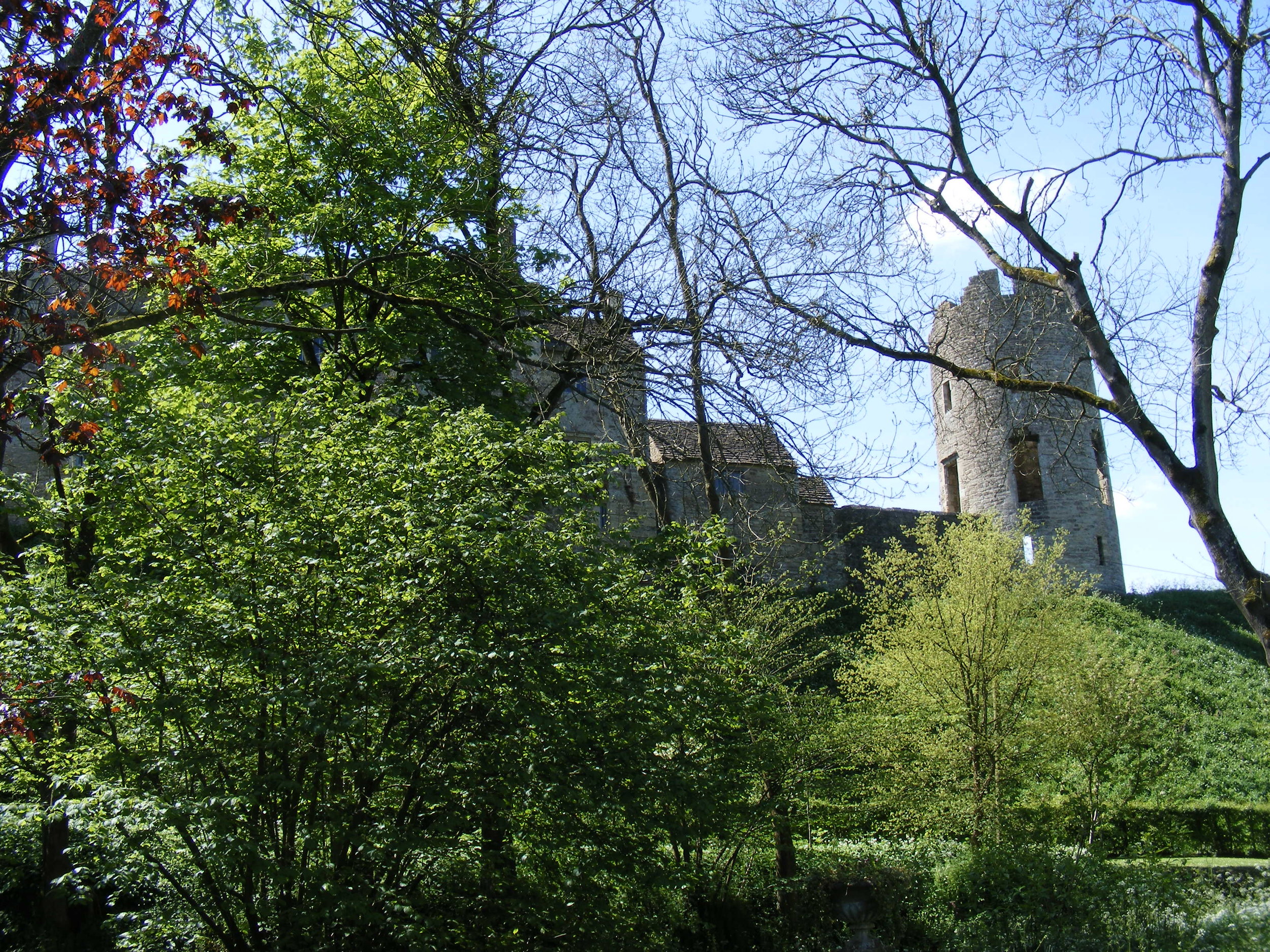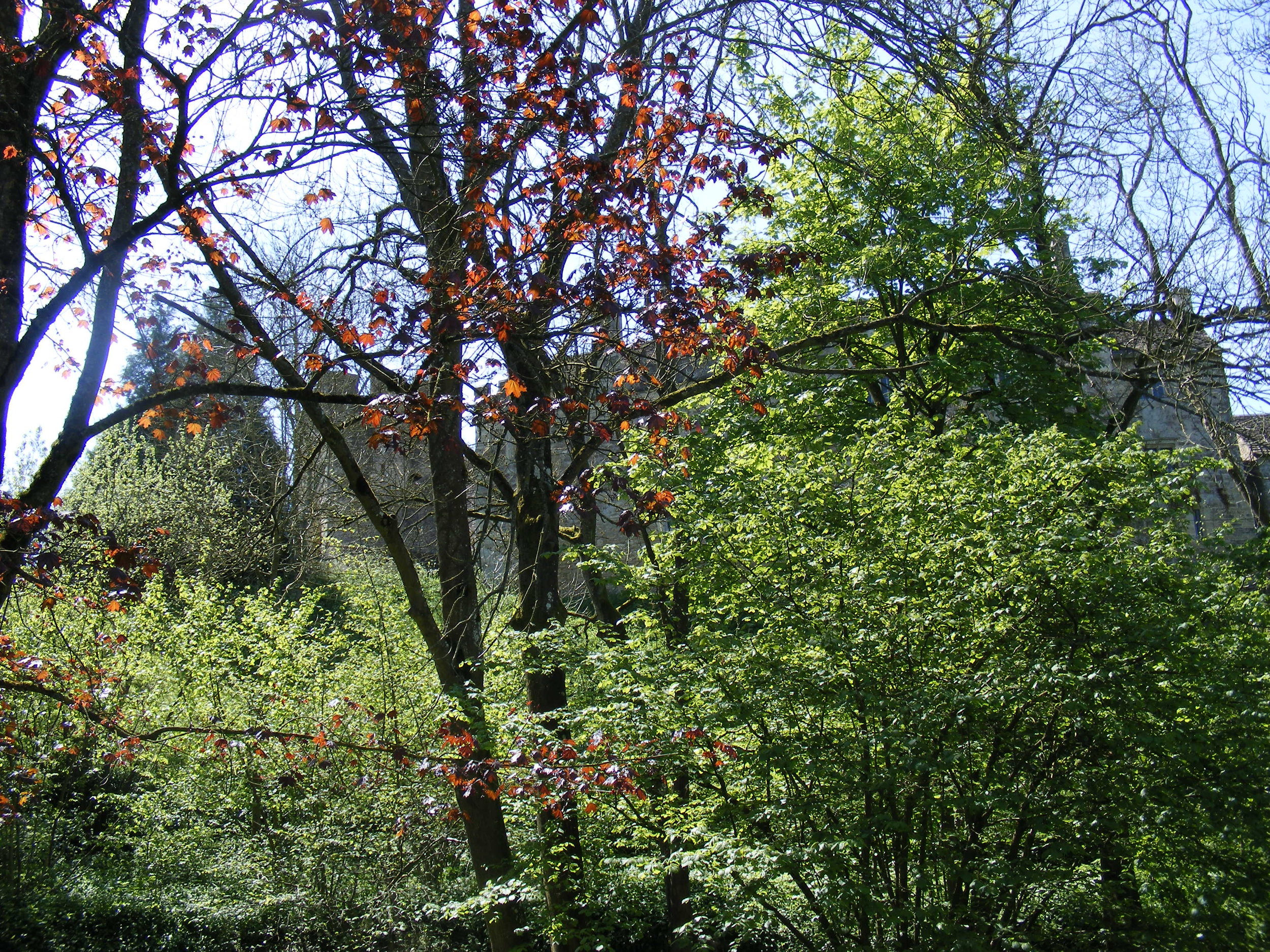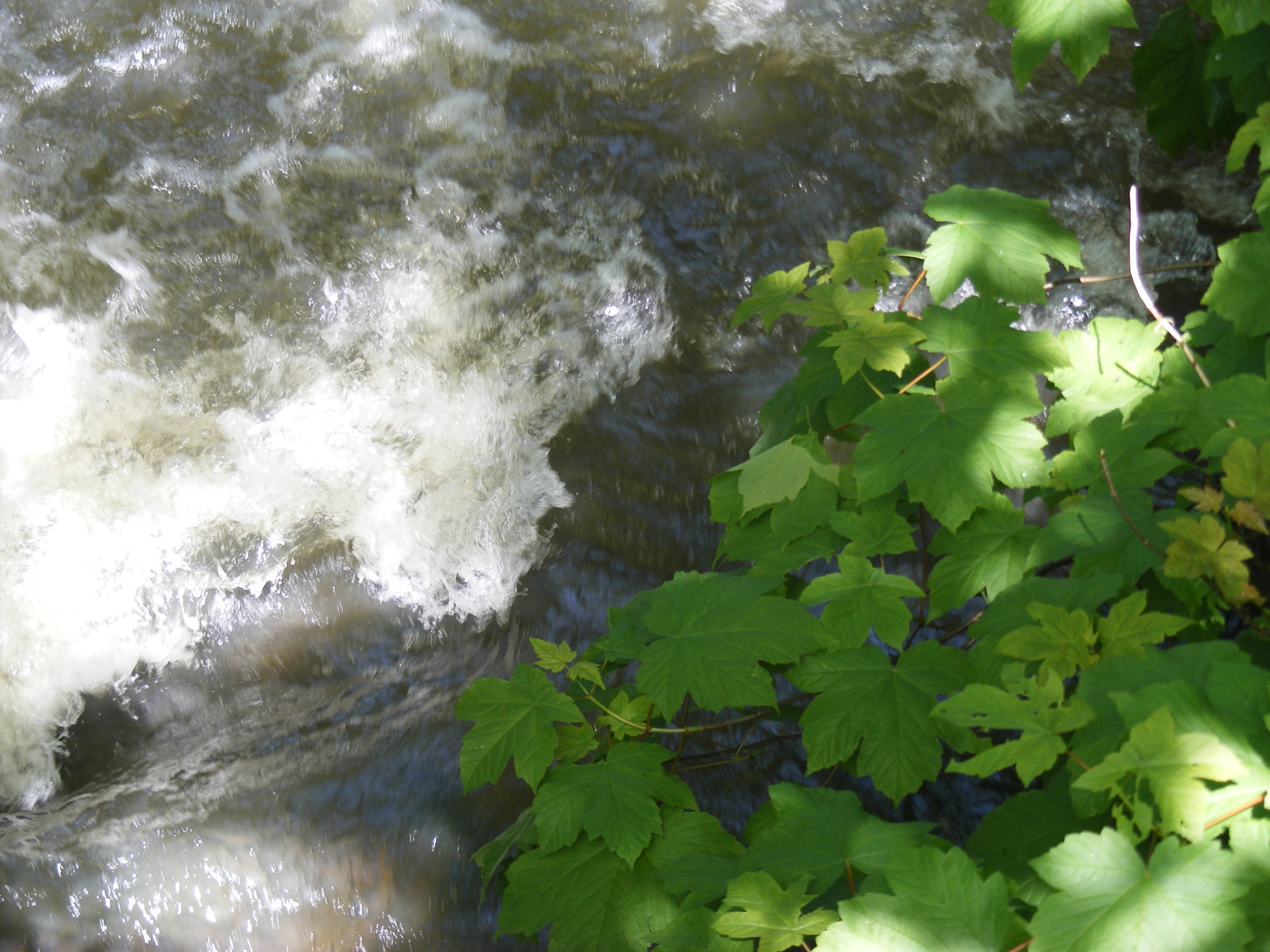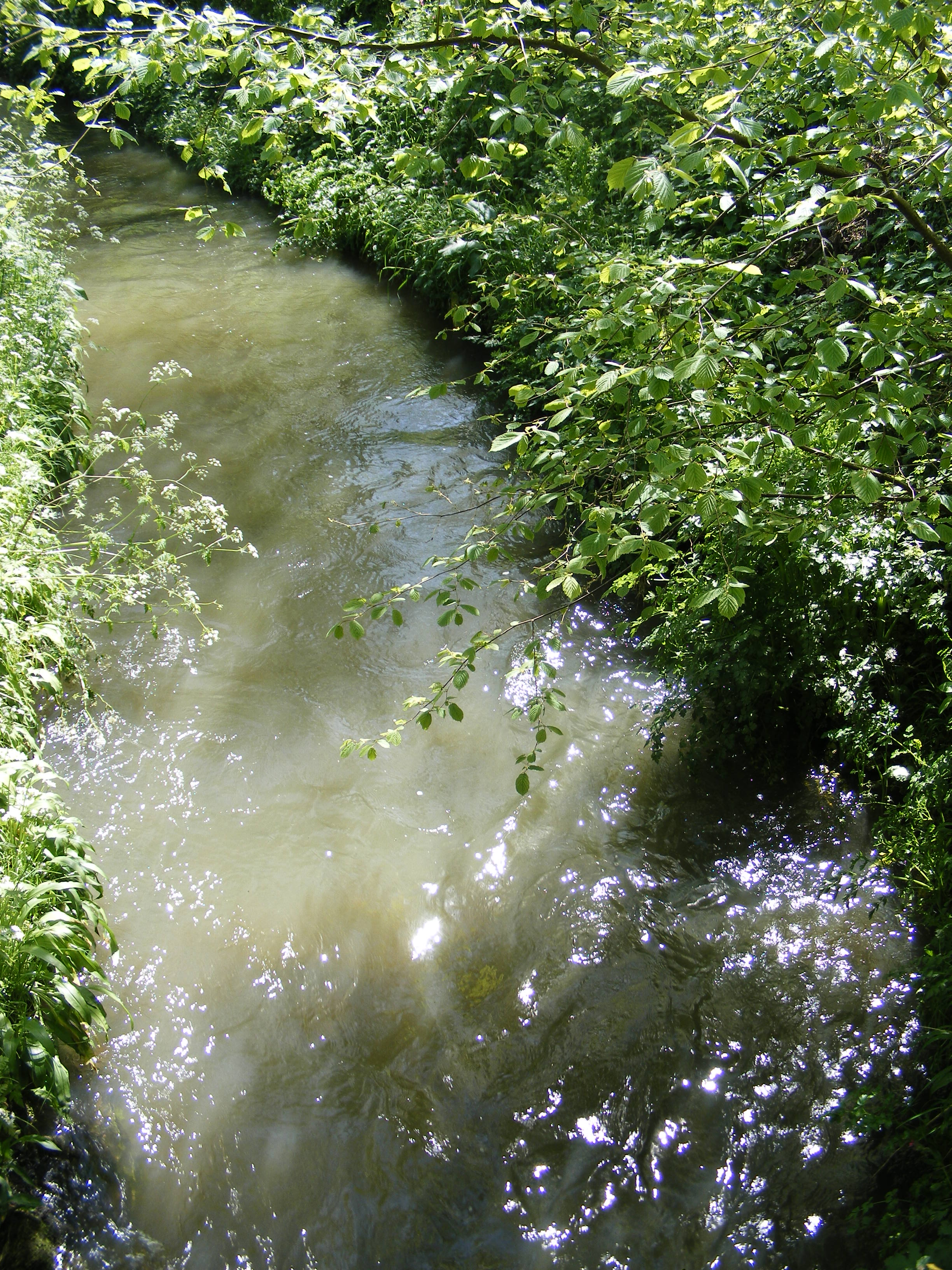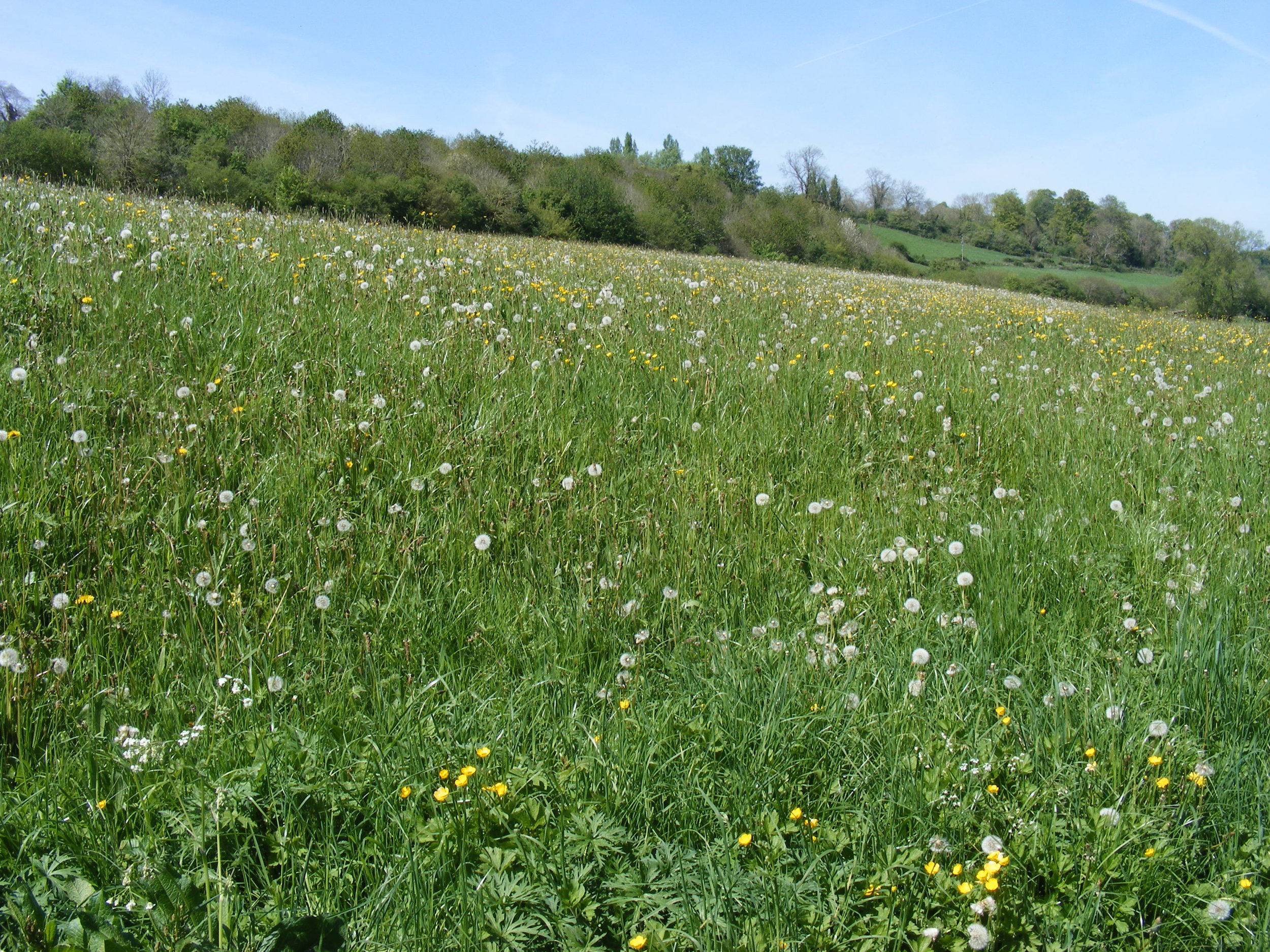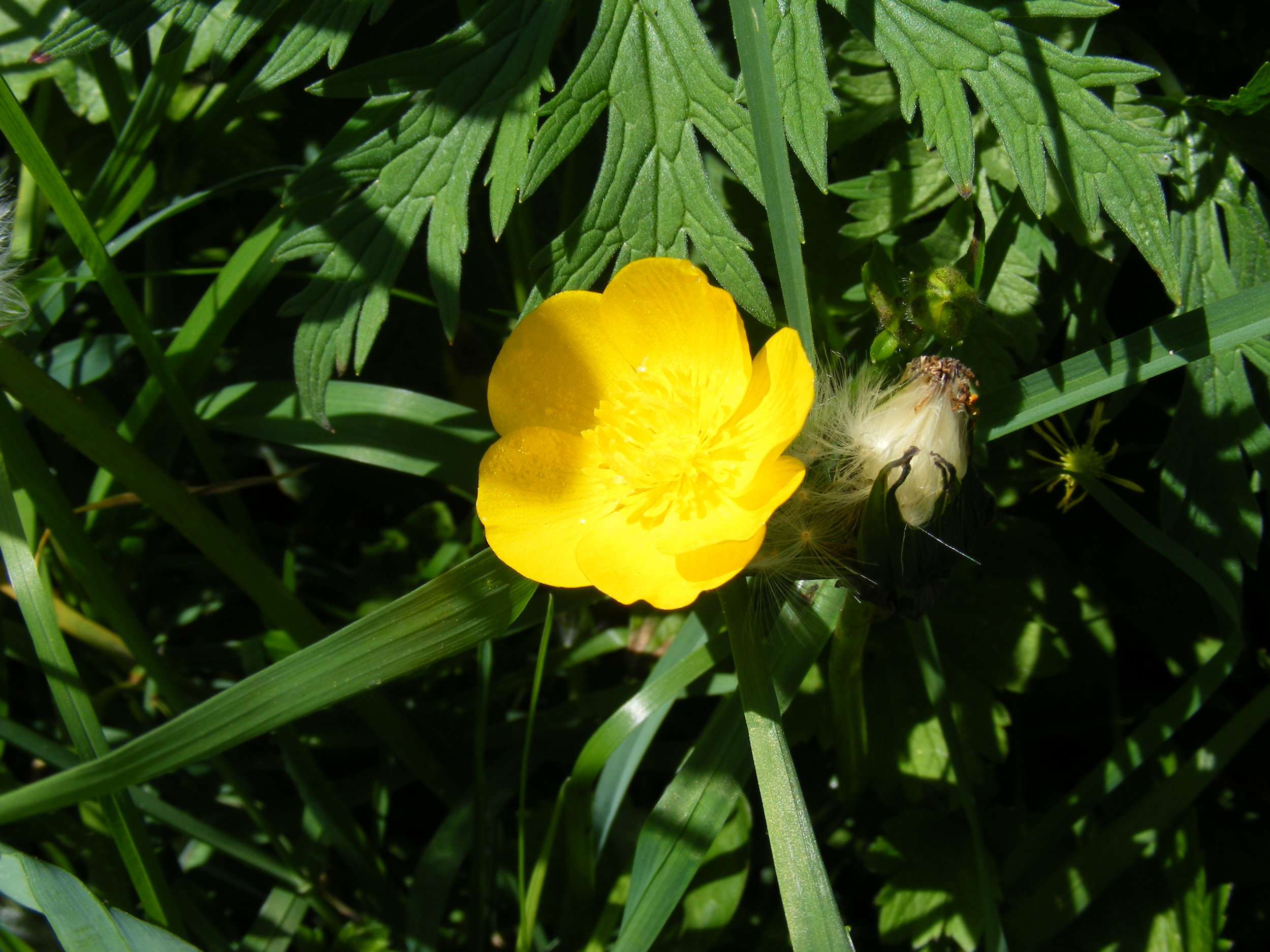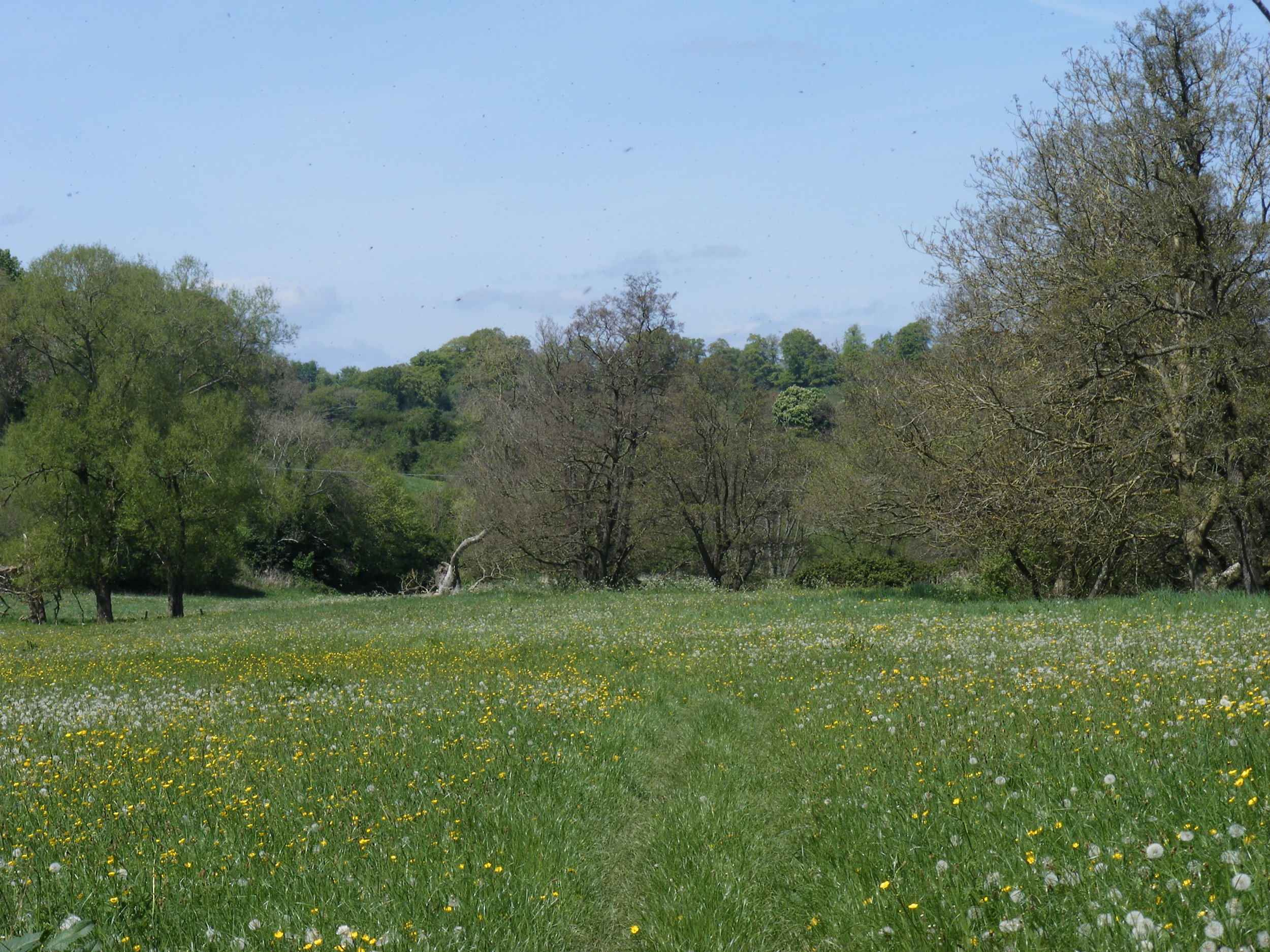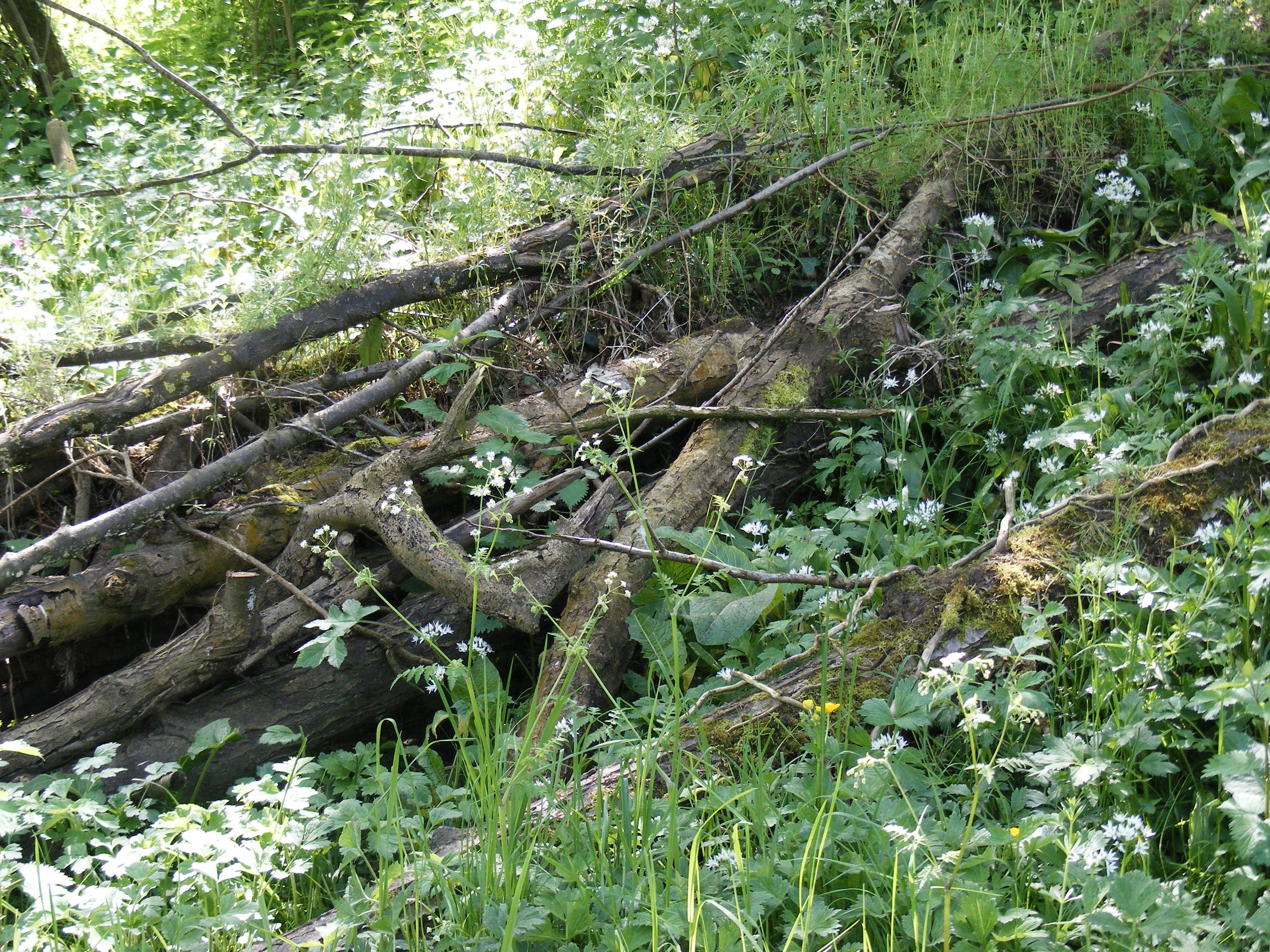Favourites on Friday - Farleigh Hungerford Castle
Last Saturday, I ventured forth on my first ‘solo’ outing since … I don’t know when. To begin with, I thought I should start doing things without the boys, more for Liam’s sake, as he still seemed to have a residual hang-up about me ‘going away’ without him – left over from when I had to leave them on a regular basis when they were little to return to Malaysia to look after my mum. But after I’d been out a couple of times without them (not far, only to town), I realised I had to do it for myself as well – I’d gotten too used to having them with me!
So decided to go somewhere I’ve never been, in a part of the country I’ve never been, but wasn’t that far … Farleigh Hungerford Castle. To get there, I had to get a train to Trowbridge – I don’t think many people go that way as I had to repeat the name to the guy at the ticket desk three times! It’s been a long while since I’ve been to such a teeny station, but thank heavens there was a taxi rank, as I had no desire to trek 3.5 miles to my final destination.
First, the history lesson ;) Information courtesy of the guidebook that I was ‘not allowed’ to pay for – naughty person! I didn’t realise the close connection the Hungerford family had with royalty, from Henry IV right up to Henry VIII.
Apparently, the name ‘Farleigh’ comes from the Anglo-Saxon words ‘faern-laega’, which means ‘the ferny pasture’. Construction on the castle most likely began in the 1380s. By then, Sir Thomas Hungerford was already Chief Steward of the estates of Edward III’s younger son, John of Gaunt, Duke of Lancaster.
Sir Thomas’ son, Walter Lord Hungerford, was knighted on the eve of the coronation of John of Gaunt’s son, Henry Bolingbroke, the future Henry IV. And when Henry IV’s eldest son succeeded him as Henry V, Walter was appointed to his father’s old offices, and became Speaker of the Commons in 1414. He fought at Agincourt, and served continuously with Henry V in France for five years. In 1422, he was appointed one of two guardians of the dying Henry V’s infant son, the future Henry VI. He was created the first Lord Hungerford, and remained a member of the royal council until his death.
The Hungerford’s fortunes took a downward turn after that – first they fell into debt when they had to raise vast sums to ransom sons captured by the French; then their support of the Lancastrians in the Wars of the Roses led to them losing Farleigh Castle to the Crown. In 1462, Edward IV granted it to his sixteen year old brother, the future Richard III; and in 1483, Richard III, newly crowned, granted the castle to John Howard, Duke of Norfolk.
Walter Hungerford III, the son of the Hungerford who ‘lost’ the castle to Edward IV, attached himself to the Yorkists instead, but when Richard III seized the throne from Edward’s sons, Walter joined the rebels. He fought at the Battle of Bosworth, and was eventually knighted by the victorious Henry Tudor, King Henry VII. Soon after, he regained Farleigh Castle.
Walter’s son, Edward Hungerford I, accompanied Henry VIII to his famous ‘Field of Cloth of Gold’ meeting with Francis I in France. On Edward’s death, the castle passed to his son, Walter Hungerford III; the father of his third wife, Elizabeth, recommended him to Thomas Cromwell, and he became Cromwell’s agent in the Farleigh area. But when his father-in-law fell out of favour at court, William treated Elizabeth rather shabbily – she was imprisoned in the towers of the castle for about four years. But she outlived her husband who was beheaded on Tower Hill along with Cromwell – Cromwell was found guilty of treason, while Walter’s crimes were treason, witchcraft, and the then capital crime of homosexuality. His title died with him, and ownership of Farleigh Hungerford Castle reverted to the Crown once more.
Walter’s son, Sir Walter Hungerford IV, managed to buy the castle back in 1554. At the start of the Civil War, the Hungerfords sided, first, with Parliament, then the Royalists, but the castle saw little action and suffered little damage. The last Hungerford to own the castle was Sir Edward Hungerford IV, known as ‘the spendthrift’. He amassed such huge debts that even the sale of the castle did not clear his debts, but it did end three centuries of Hungerford ownership of Farleigh Castle.
Entrance - Gatehouse
The Lady Tower - a large section of it fell on Guy Fawkes Night 1842 when children set fire to a network of ivy which had been holding the walls together!
1880 drawing by Thomas Trotter of the tomb of Sir Thomas and Lady Hungerford
Interlaced sickles, Hungerford family emblem
Chapel door
The Chapel, beautiful in its simplicity
Were people really that small back then?
Wall painting of St George
Carved and painted tomb of Sir Walter Hungerford IV, and his son Edward
The tomb of Sir Thomas Hungerford, and his second wife, Lady Joan Hussey
Wall painting of the Hungerford arms in the chapel; the creatures supporting the shield mark the family's baronial status
Door to the burial vault ...
Steps down to the burial vault ...
Human shaped lead coffins, which still contain the embalmed remains of 4 men, 2 women and 2 children. Four have faces moulded onto them, most likely 'death masks' of the deceased.
The rest of the pictures are of the surrounding area, still part of the castle 'grounds'.
A damselfly; with its shimmering wings, it could have been a fairy.
Buzzard floating against gorgeous springtime sky
The place was so peaceful and quiet, even though there was, what I think might have been, a kiddie birthday party going on. The car park looked full enough, but hardly saw any people. The day was beautiful, hotter than expected for a spring day – underestimated the sun and got a bit of tan! Unusually for me, didn’t plan any part of it, just allowed the day to happen, and have to say, it couldn’t have turned out better if I had planned it. And, to top it all, I got to know a proper gentleman.







































